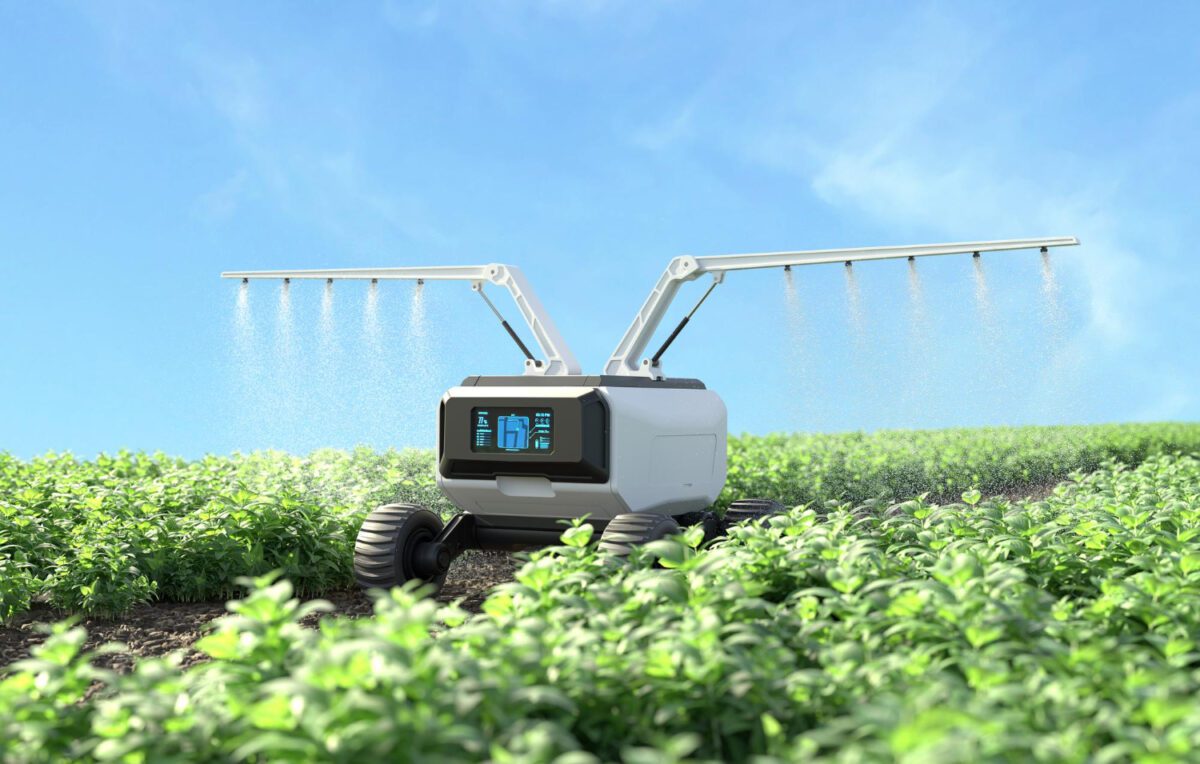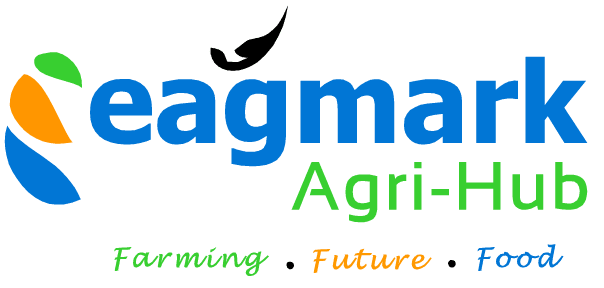Automation’s Role in the Future of African Agriculture

The global agriculture industry is confronting a myriad of challenges that are putting farmers’ profitability at risk. The rising costs of inputs and labor, coupled with the impacts of climate change, have created a daunting scenario for farmers worldwide. In Africa, these challenges are particularly pronounced, and the need for innovative solutions has never been greater.
Escalating Input Costs and Climate Change Pressures
Farmers across the globe have witnessed a dramatic surge in the prices of essential inputs such as fertilizers and crop protection chemicals. Over the past few years, these costs have escalated by an alarming 80 to 250 percent. The reasons behind this surge are complex, including supply chain disruptions and geopolitical challenges.
In tandem with rising input costs, climate change is aggravating the situation. The consequences of a warming climate are increasingly evident: more frequent acute weather events, prolonged droughts, and the emergence of new invasive crops and pests, all of which diminish crop yields. For instance, Kenya experienced a 5-season long megadrought in arid and semi-arid lands (ASALs) and drought-hit communities are still struggling to recover, despite some improvement from the March-May long rains. While counties such as Isiolo, Kwale, Marsabit, and Nyeri have moved into the recovery phase, Kitui and Taita Taveta remain in the alert drought phase. Meanwhile, flash floods triggered by the long rains have caused the loss of lives and livelihoods in various parts of the country, including ASAL counties.
The Promise of Automation
In the face of these challenges, globally, farmers are turning to automation as a beacon of hope. Automation technology offers a spectrum of solutions, ranging from semi-automated techniques like assisted steering to fully autonomous systems such as weeding robots. These innovations leverage sensors, analytics, robotics, and equipment to help farmers make more informed decisions in the field.
Generative AI, a recent development, holds immense potential to automate decision-making processes by harnessing extensive datasets. This could aid farmers in developing strategic plans regarding the application of inputs like fertilizers, crop protection, and seeds, optimizing both profitability and sustainability. With a comprehensive curriculum, programs like the Precision Agriculture Course offered by Eagmark have been developed for African farmers to help accelerate the adoption of technology for farm profitability and overall sustainability. One can enroll in the course through Eagmark’s Online Learning Campus at olc.eagmark.net.
ENROLL IN THE PRECISION AGRICULTURE COURSE AND EARN A CERTIFICATE TODAY
The benefits of automation are substantial, with the potential to deliver significant value to both row-crop and specialty-crop growers. For instance, in orchards and vineyards, fully autonomous systems can generate over $400 per acre annually, doubling to quadrupling returns on farmers’ automation investments.
Despite the promise, automation is still in its infancy. According to McKinsey’s 2022 Farmers Global Insights Survey, less than 5 percent of farmers globally have adopted this next-generation technology, while 21 percent are using farm management software. However, two distinct trends are poised to accelerate adoption: the economic pressures facing farmers and the growing emphasis on sustainable farming practices.
Addressing Farm Economics: Input Costs and Labor Challenges
Automation provides tangible solutions to two longstanding issues that have plagued farmers for years: rising chemical costs and labor-related challenges. Supply chain disruptions and geopolitical complexities have driven up the prices of fertilizers, with a staggering 15 percent annual increase over the past five years.
Automation can alleviate these costs by optimizing the use of pesticides and fertilizers. Precision spraying, enabled by sensors and real-time field data, adjusts chemical volumes and timing to minimize waste, significantly reducing expenses. The McKinsey report highlights that herbicide application technologies utilizing computer vision have demonstrated an 80 percent reduction in herbicide costs on large U.S. corn farms.
Labor challenges also persist, with farmworkers facing safety risks and wage pressures. Automation offers the potential to widen the labor pool by simplifying the tasks that require specialized skills. Additionally, it enhances productivity and reallocates labor to higher-value activities. Fully autonomous equipment can reduce the need for hazardous activities, ensuring a safer working environment for farmworkers.
Sustainability: A Catalyst for Change
While input costs provide immediate incentives for automation, sustainability pressures are poised to drive significant change in the near future. Governments worldwide are setting ambitious targets for environmentally sustainable farming practices. For instance, the European Green Deal aims to reduce pesticide use by 50 percent by 2030 and transition a quarter of agricultural land to organic farming. Canada, too, seeks to reduce fertilizer usage by 30 percent by 2030, with non-compliance resulting in significant financial penalties.
Automation emerges as a critical tool to meet these sustainability targets. Automated precision-spraying equipment and weeding technologies can drastically reduce the need for pesticides and fertilizers, aligning with regulatory requirements. Automation also simplifies data collection and reporting, facilitating participation in programs like organic certification.
Consumer Demand for Sustainability
Consumer interest in sustainable food systems is on the rise, pressuring farmers to adopt more environmentally friendly practices. Sustainable brands are experiencing significant growth, with products making environmental, social, and governance (ESG) claims outpacing others. Consumer-packaged-goods (CPG) companies are committing to sustainability, driving demand for traceability in farming practices.
Software solutions and autonomous equipment are enabling traceability from farm to fork. By collecting and transmitting rich, standardized data, farmers can substantiate sustainable practices such as reduced chemical use and efficient irrigation, aligning with the demands of CPG companies.
The Growing Excitement for Automation
The adoption of automated farm equipment hinges on several factors, including technological maturity, economic conditions, regulatory decisions, and environmental changes. To promote adoption, agricultural companies should communicate the immediate return on investment, reimagine the farming experience with digital ecosystems, evolve business models to reduce upfront costs, and collaborate closely with CPG companies to enhance transparency and traceability.
As the dual pressures of farm economics and sustainability intensify, the adoption of automation technology is geared for exponential growth. Farmers are recognizing the triple benefits of automation: increased productivity and profits, enhanced safety, and progress toward sustainability goals. The excitement surrounding these technologies is set to spread, indicating a promising future for African agriculture and its role in the global agriculture industry.



